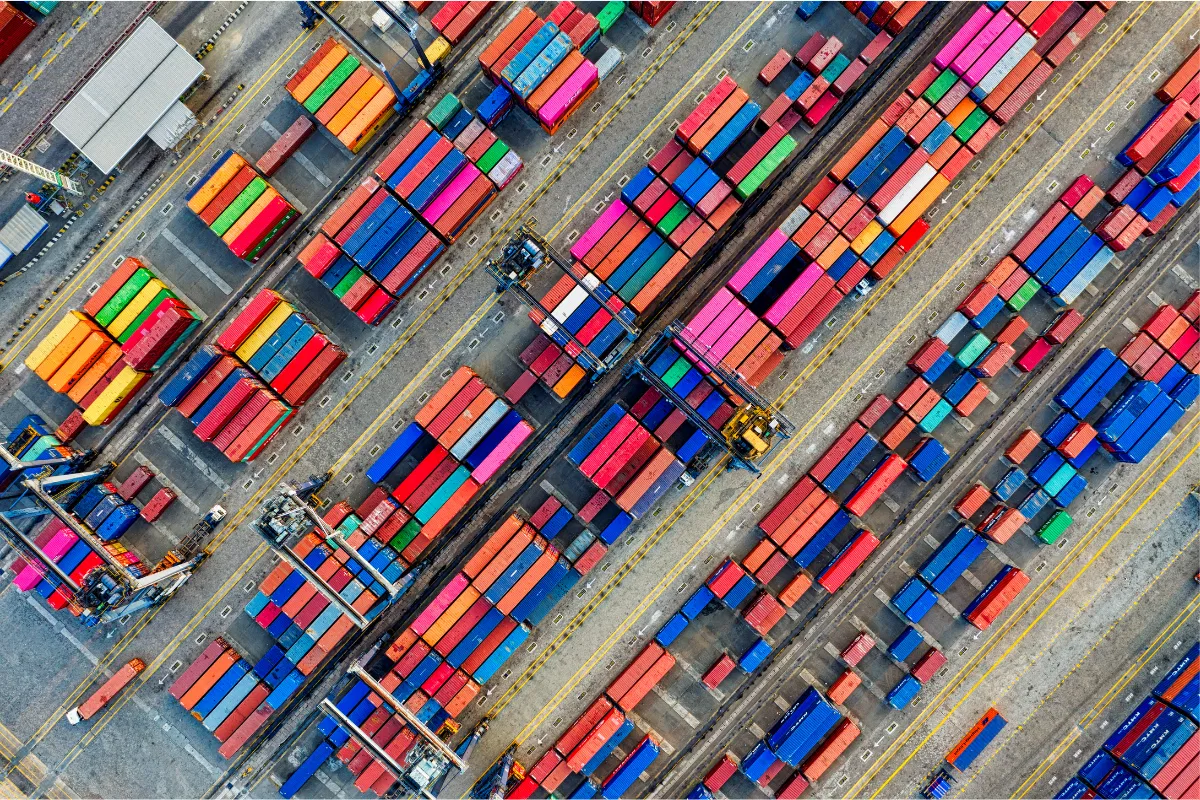By Tarek Salame
On June 14th 2025, Border Force officers at London Gateway Port uncovered 2.4 tonnes of cocaine hidden beneath crates of legitimate cargo. The drugs were packed into pallets and buried deep in a shipping container that had arrived from Panama. This is one of the largest cocaine seizures in UK history. The estimated street value was close to £96 million. Officials have stated that it’s part of a larger smuggling operation tied to South American cartels.
It was stopped after a detailed intelligence assessment led to the inspection of the shipping container through coordination, planning, and timely action. As Britain’s demand for cocaine continues to rise, the scale of this bust says more than any press release could, which shows you how close the margins are and how much still gets missed.
How the drugs were hidden
The cocaine was packed in the 2,022 blocks and concealed inside a standard 20-foot container. The container arrived from Panama and was marked as carrying legitimate goods. In total, the Border Force officers had to relocate 37 containers to reach the hidden pallet, which took nearly 2 days.
This was no random operation; the officials stated that it was the result of a specific, intelligent collaboration with international partners. The details have not been made public, but the decision to search the shipment wasn’t based on any routine checks.
It was a targeted examination which involved pre-arrival information, trade route tracking, and container profiling. In this case, it worked. Maritime Director Charlie Eastaugh described it as a significant disruption to organised crime.
The size alone puts it among the top six cocaine hauls ever intercepted in the UK. The discovery process was slow, deliberate, and largely unnoticed by the public, which is what made it so effective.
Why the UK is still one of Europe’s biggest cocaine markets
The UK remains one of the top cocaine consuming countries in Europe. Despite the repeated seizures and record-breaking interceptions, demand remained steady, and in some areas, it even rose.
According to the National Crime Agency and European Monitoring Centre for Drugs and Drug Addiction, the average street purity in the UK has increased year on year since 2020.
The market has also expanded geographically, with one centred around London and other major hubs, and has moved into smaller towns, rural communities, and coastal areas.
The usage has become more socially accepted in certain settings.
Behind the scenes, this demand drives a highly structured supply chain, one that begins in South America, is transported through Panama or Ecuador, and arrives via European ports, including Rotterdam, Antwerp, and, increasingly, the UK’s own container terminal.
The scale of the bust
This might not have been the UK’s biggest ever cocaine seizure, but it sure is close. At 2.4 tons and an estimated street value of £96 million, it does rank among the six largest ever recorded, and to put that into perspective:
In 2015, Border Force seized 3.2 tonnes of cocaine in the port of Southampton — still the largest on record.
In 2022, a haul of 1.2 tonnes was intercepted in Sheerness, Kent, concealed in a shipment of bananas.
And in 2023, over 900 kilograms were found in a lorry at Dover, tied to an Eastern European trafficking group.
But the London Gateway seizure stands out because of how the routine looked. Because there were no false compartments or exotic concealment methods, just a standard container buried under other items, it arrived on schedule. And the most alarming part is that smuggling no longer requires elaborate tricks, just the ability to blend in.
While 2.4 tons is a significant amount, it’s only a glimpse of the total flow. According to Europol, as little as 10 to 15% of cocaine shipments are actually intercepted at European ports. Meanwhile, the rest continue to be hidden among food grain temperature supplies, and even mislabeled on paperwork.
In other words, this bust doesn’t prove that the system is water-tight, but it proves that it leaks constantly and on a massive scale.
Drug trafficking in 2025
The London Gateway seizure confirmed something that officials have been saying quietly for years: that trafficking routes are getting easier. In 2025, the most valuable tool isn’t the hidden compartment; it’s now in logistics.
What worked in catching the container was not a lucky inspection, but rather a targeted analysis that took weeks to develop. Involving the shared databases, important intelligence, and cooperation between the EU, UK, and the South American team
While 2.4 tons of cocaine won’t reach British streets, many other shipments will. In the months ahead, traffickers will test new ports, new names, and new routes. The cocaine market isn’t shrinking. It’s adapting. The question isn’t whether this bust mattered — it did. The real question is how long its impact will last.
